BME BIO 2021: Chris Bozak, Nicolas Amelinez-Robles, Isabella Leite, Nathan Rojas Ocampo
In honor of National Hispanic Heritage / LatinX Heritage month, get to know our exceptional BME faculty and students.
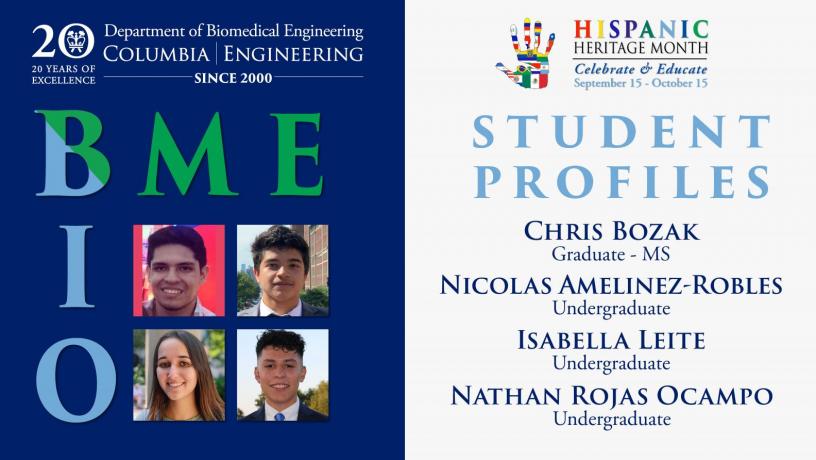
CHRIS BOZAK, Master's Student
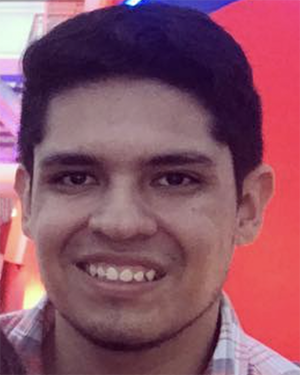
Chris Bozak
What is your current role?
Master's Candidate in Biomedical Engineering
What drew you to Columbia BME?
I loved that studying at Columbia would provide the opportunity to learn from a top biomedical engineering department as well as take classes with a premier business school. Also, as a prospective applicant I was particularly inspired by alumna Sona Shah's success story, which galvanized me to learn the most I could from mentors at Columbia in order to bring about impactful, positive change in the world.
What does National Hispanic American / LatinX Heritage Month mean to you?
National Hispanic American Heritage Month is really a time of reflection and appreciation like none other. If there are three words that capture the essence of Hispanic heritage in my perspective, they would be "diversity," "resilience" and "community." Hispanic Americans come from an incredibly varied number of backgrounds, with countries of heritage spanning from Mexico to Puerto Rico to Chile. That said, Hispanic Americans find commonality in a strong sense of value in community- a constant among Latin cultures across the globe. So to me, Hispanic American Heritage Month is a celebration of the tradition diversity and values of a culturally rich and integral part of American society.
What aspect of your cultural heritage are you most proud of?
What stands out to me the most about Hispanic cultural heritage is the longevity of its ancient wisdom and tradition. Architectural feats like the Mesoamerican pyramids or Machu Picchu are truly marvels which draw visitors to this day. Further, in Bolivia (my country of heritage) ancient languages such as Quechua and Aymara are still spoken to this day.
Do you have any favorite family traditions, customs, or celebrations?
For as long as I can remember, my mom has organized annual events celebrating Bolivian Independence Day on August 6 together with the unofficial group Bolivianos Unidos de Central Florida. Through these events, I have made many memories interacting with an ever dynamic group of Bolivian Americans and learning their stories. Over the years, I have even had experience learning choreographed traditional Bolivian dances including Tinku and Caporales.
How did you become interested in STEM?
At about the age of twelve, I developed a fascination with the brain and how it could direct our movements yet also be associated with the cognitive mysteries of intelligence and love. I engaged heavily with the biological sciences in high school, but my passion for science as a whole was taken to new levels when an academic advisor in college introduced me to the books and related documentaries of Columbia physicist Brian Greene.
What advice would you give to others who wish to pursue a degree and/or career in STEM?
The number one most valuable quality to have in pursuit of a career in STEM is perseverance. STEM is a challenging field of work and study so there are bound to be drawbacks along the way. Nevertheless, great things come to those who 'bet on themselves' and push through challenges with resolve.
What is your proudest achievement?
On a trip to my country of heritage, I visited an orphanage and had the honor of meeting thirty energetic, young residents. The eldest resident, Ricardo, chatted with me and expressed his dream of serving those in need as a physician, but he had some concerns on being able to afford tuition. Moved by the story, I worked with Bolivianos Unidos of Central Florida to organize a salteña sale. Through statewide sales and donations to the cause, we were able to assist Ricardo in realizing his dream by raising enough to cover his tuition costs for his pre-clinical semesters of study.
NICOLAS AMELINEZ-ROBLES, Undergraduate Student
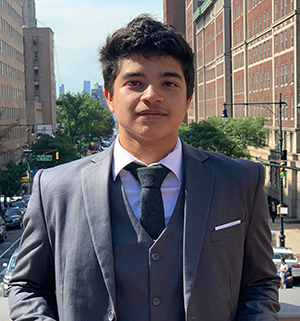
Nicolas Amelinez-Robles
What is your current role?
I am a junior majoring in chemical engineering with a biomedical engineering minor. At Columbia, I am involved with the Professional Development arm of BMES and work in the Neurotrauma and Repair Lab under Professor Barclay Morrison.
What drew you to Columbia BME?
I was initially drawn to Columbia BME because I saw a scientific community that consistently made efforts to help people in the surrounding communities and in the area, that kept itself in check and made every effort to improve itself both in terms of scientific progress but also ethically. Columbia BME is deeply rooted in Manhattan through its outreach education and summer programs as well as through its incubator and startup profiles and seeing a motivated group of intellectuals who not only did all of this but also sought to teach the next generation of students how to excel in this very field was inspiring.
What does National Hispanic American / LatinX Heritage Month mean to you?
As a Hispanic person growing up in Wisconsin, I tended to look a little bit different than the rest of my peers, and there wasn’t always an opportunity to express the cultural differences that came with my appearance. Having the ability to celebrate my heritage is quite liberating and enables me to share aspects of my family and myself that otherwise might not come up every day.
What aspect of your cultural heritage are you most proud of?
The aspect of my cultural heritage that I am most proud of is the never-ending spirit of resourcefulness that seems to pass effortlessly across generations of Colombian and other Latinx people. For example, some people take out a drill and a whole toolbox to fix one small problem without realizing that sometimes the simplest solution is questionable duct tape and a good counterweight. We are persistent in our ability to be resourceful, and though sometimes we may come up with unorthodox solutions, to say the least, there will undoubtedly be a fix. It serves as a reminder that we’re all engineers in our own way; sometimes we answer to building code and standard practice, sometimes we just need our car door to stay put.
Do you have any favorite family traditions, customs, or celebrations?
One of my favorite family traditions is to make empanadas with my mom. For context, my family is Colombian and this means that our empanadas differ quite significantly in terms of make-up and ingredients than other regions of Latin America. We use a cornmeal based dough for the outer shell as well as beef, potatoes, onions and more resulting in a very different, (I would argue) more delicious product than perhaps other empanadas.
How did you become interested in STEM?
I attribute my initial interest in STEM to my wonderful parents, who gave me a blue toy pachycephalosaurus and apatosaurus (dinosaur toys) when I was four. From that moment onwards, I would spend all day telling anyone that would listen about paleontology, about stegosaur plating and whatever else I happened to learn at the library that day. Though I did not end up becoming a paleontologist, my early love of dinosaurs instilled a curiosity in me that just didn’t seem to go away. I liked learning about how the world worked or at least how we think it does and the more I learned, the more I turned to STEM to understand what I saw.
What advice would you give to others who wish to pursue a degree and/or career in STEM?
I have two pieces of advices that I generally believe to have worked well for me.
- Firstly, it is important to remember the fundamental reason why you are pursuing the career in STEM, and remind yourself of its relevance every day. STEM intrinsically is hard; it cannot be easy to decipher the unknown and if it is, it is not really unknown. Sometimes, the minor details are convoluted such that the bigger picture becomes a void. In those challenging moments, times where motivation is lacking, and your brain is working to the max, grounding yourself in the values that molded you will often help to push you towards success.
- My second piece of advice, I have to say, is not mine at all. My freshman year, I was fortunate enough to meet Professor Mike Massimino in the mechanical engineering department. To be concise, Professor Massimino is an astronaut who worked on the Hubble Space Telescope. To not give away too much about his biography, he underwent some very high-stress, terrifying ordeals while working on the telescope. Amazed, I asked him how he managed to maintain his composure: he was an engineer working in space on something that doesn’t exactly allow for second chances. Professor Massimino replied something along the lines of, “You only have 30 seconds to panic. After that, you better do something about it.” While I have certainly panicked in my research and on tests for more than 30 seconds, I think it is a good rule to live by. Stressing about a problem in STEM isn’t useful; nobody is going to solve the problem for you so you might as well get to work and figure it out yourself.
What is your proudest achievement?
My proudest achievement, without a doubt, is my admittance to Columbia for my undergraduate career. Though it may seem like simply the prerequisite to the other incredible research and work that goes on here at Columbia, it carries special importance to me because I only ever hoped and dreamed that I would have the privilege of making it here to begin with. Much of my family’s history and legacy is defined by socioeconomic, cultural, political struggle in Colombia and through many difficult years of work here and there, through painful sacrifice from my parents, and through the best efforts of generations of farmers, construction workers and more, I now get to take a place alongside world class faculty and students. Though there is much more that can be said about that narrative, particularly situated within the political context of immigration within this country, I unequivocally can say that my proudest achievement and greatest privilege is that I attend this university.
ISABELLA LEITE, Undergraduate Student
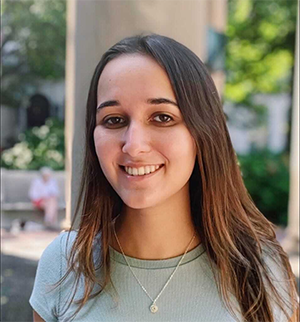
Isabella Leite
What is your current role?
I'm an undergraduate senior studying Biomedical Engineering and minoring in Applied Math. Currently, I'm an Amgen Research Scholar working in the Laboratory of Synthetic Human Organogenesis under Professor Mijo Simunovic studying how the cellular mechanisms of early embryonic development can be harnessed for the development of human organoids. In the past, I also served as the Editor in Chief of the Columbia Undergraduate Science Journal.
What drew you to Columbia BME?
The first thing that drew me to Columbia BME was the 'Engineering for Humanity' campaign. I knew that I wanted to be in a department that emphasizes solving real-life medical problems, and the access that I've had to Columbia's medical school has been essential to developing my interdisciplinary skills across both biology and traditional engineering.
What does National Hispanic American / LatinX Heritage Month mean to you?
National Latinx Heritage Month is important to me because it's an opportunity to celebrate the accomplishments of our community, both on campus and beyond. Columbia has an incredibly strong and vibrant Brazilian community and larger Latinx community, so it's always nice to get a chance to uplift each other.
What aspect of your cultural heritage are you most proud of?
I love the strong sense of family values that's present in Brazilian culture. Commitment to family and close friends is considered deeply important, and I try to extend this interpersonal practice to my friends whenever I can. There's also a very rich and interesting tradition of folklore that I love learning about!
Do you have any favorite family traditions, customs, or celebrations?
There's nothing better than Brazilian food. If you ever get a chance to try churrasco or feijoada, do it.
What advice would you give to others who wish to pursue a degree and/or career in STEM?
For the new BME undergrads in the class of 2025, keep an open mind during the first 2 years while you go through the SEAS core classes. You never know what topic you might become passionate about.
What is your proudest achievement?
My proudest achievement was publishing the Columbia Undergraduate Science Journal last year (you can find it at cusj.columbia.edu). The journal highlights undergraduate research achievements at Columbia and I couldn't be happier to have had the opportunity to coordinate the 2020 edition.
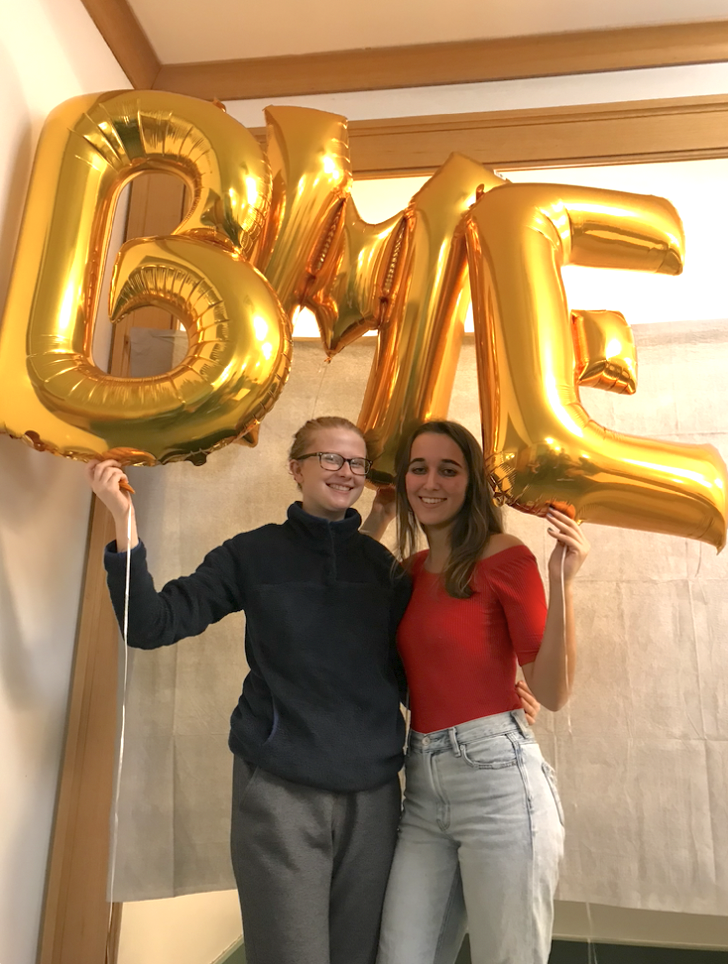
BME Major Declaration Party
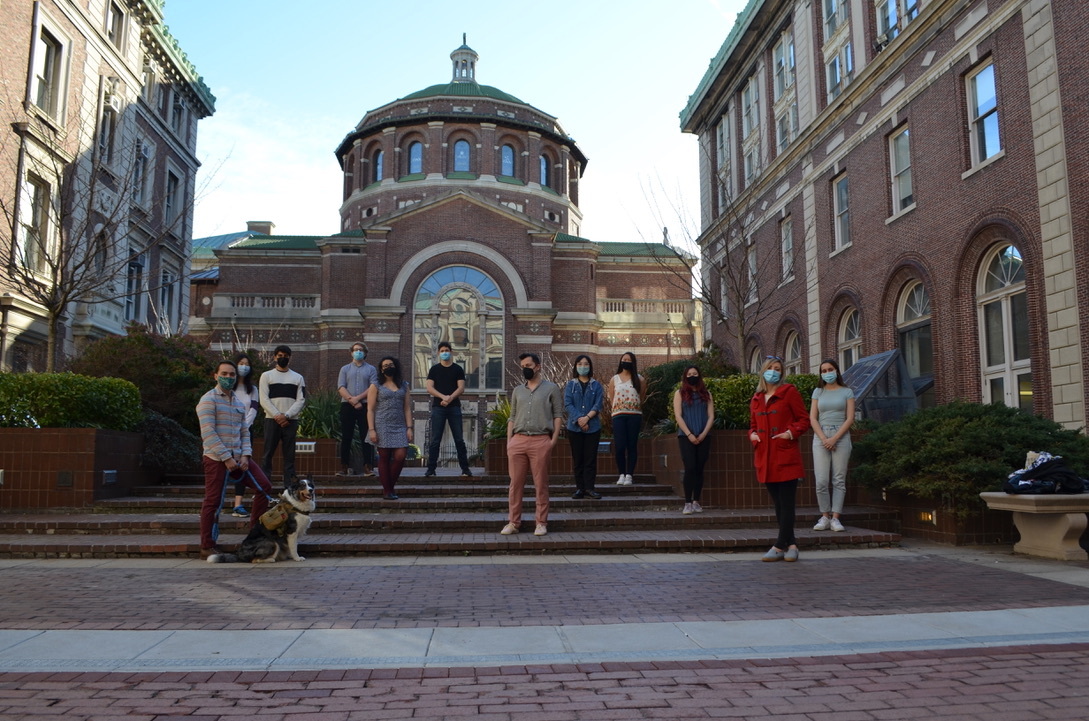
The Simunovic Lab
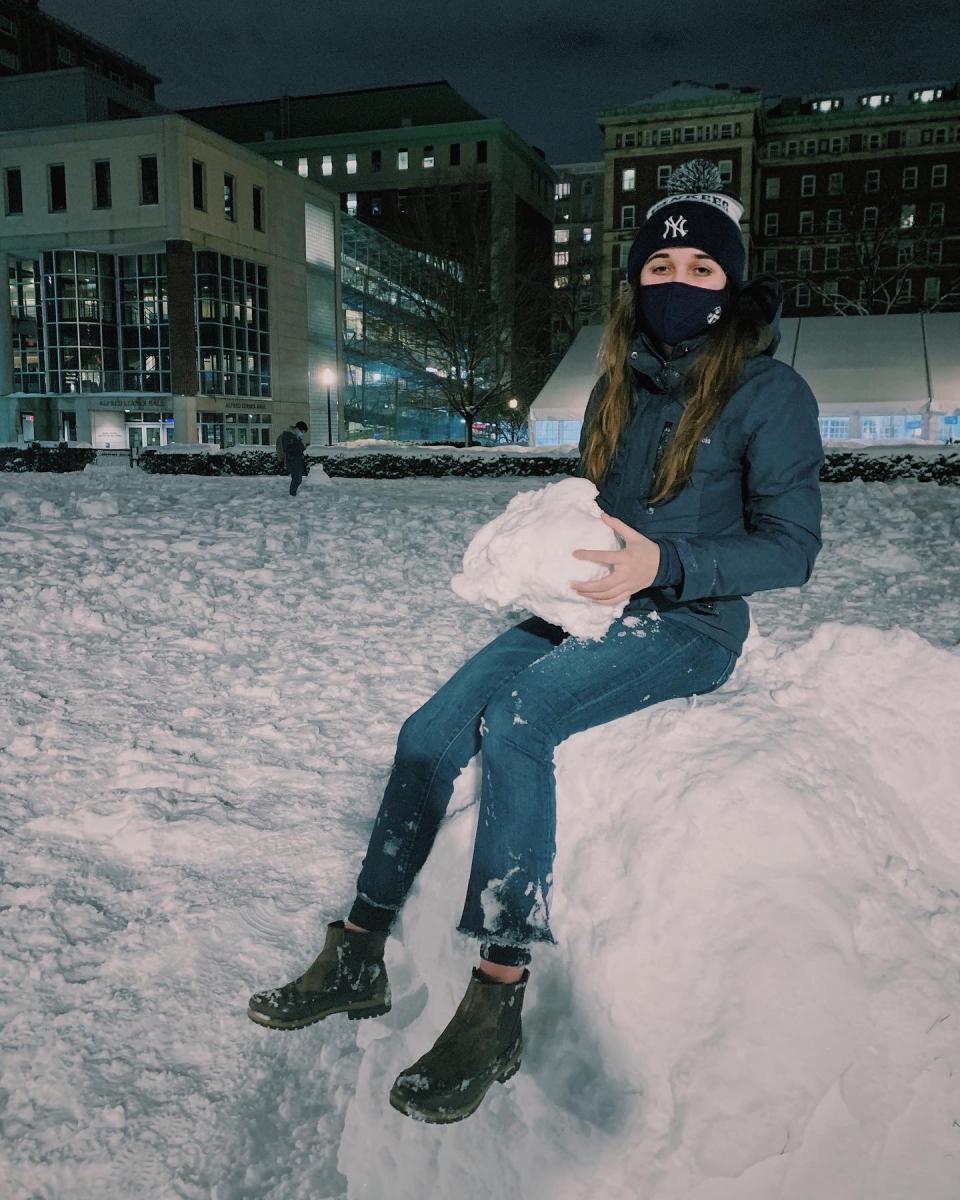
Snowfall on campus
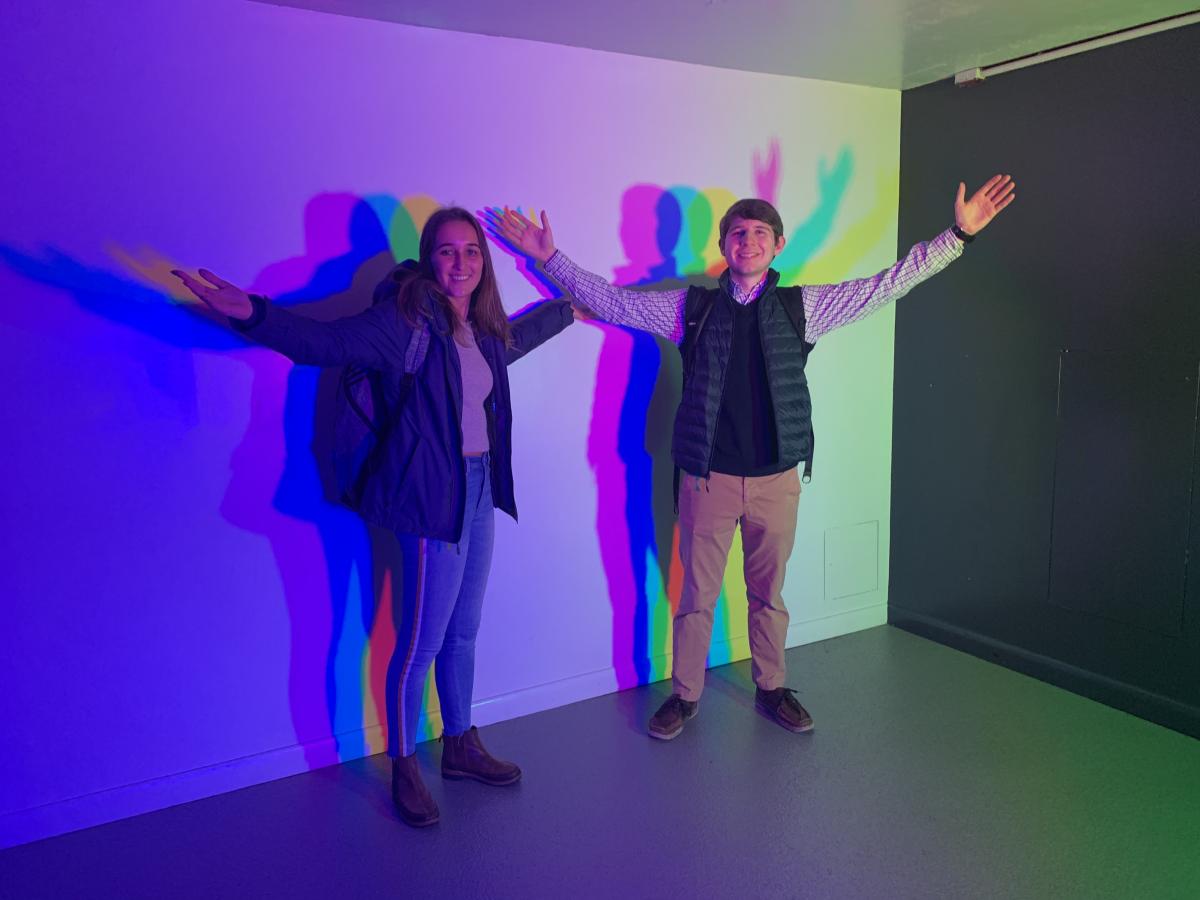
At the NYC Museum of Illusions
NATHAN ROJAS OCAMPO, Undergraduate Student
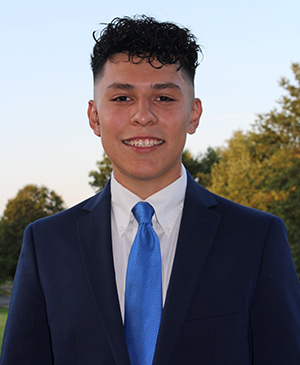
Nathan Rojas Ocampo
What is your current role?
BME Undergraduate Student; SHPE Vice President External
What drew you to Columbia BME?
The tissue engineering department really drew me to Columbia. There is some remarkable work happening in this area. I am very excited to start working in this area.
What does National Hispanic American / LatinX Heritage Month mean to you?
National Hispanic American/Latinx Heritage Month means recognition of excellence and celebration of it. For me, it's a time to reflect and understand how I can uplift others who are like me.
What aspect of your cultural heritage are you most proud of?
The thing I am most proud if is the unconditional love from our families. All of my extended family lives in Mexico, but every time I see them, it's like I was there yesterday. As for my mom, she has sacrificed so much to help me succeed and I would not be the person I am without her love, support, and encouragement.
Do you have any favorite family traditions, customs, or celebrations?
My favorite family tradition is when all of my family in Mexico would go the "terreno" and spend time together, talk, and celebrate.
How did you become interested in STEM?
I have always been interested in STEM. Since I was a little kid, I was interested in learning about geology, animals, and related fields. I really became involved in high school, where I joined the STEM research club and learned how to conduct research.
What advice would you give to others who wish to pursue a degree and/or career in STEM?
I would advise those who are interested in STEM to not wait to explore their field of interest. You might think you are too young or inexperienced to learn, but everyone starts somewhere. Once you start learning and find what you love, you'll see yourself grow in ways you could never imagine.
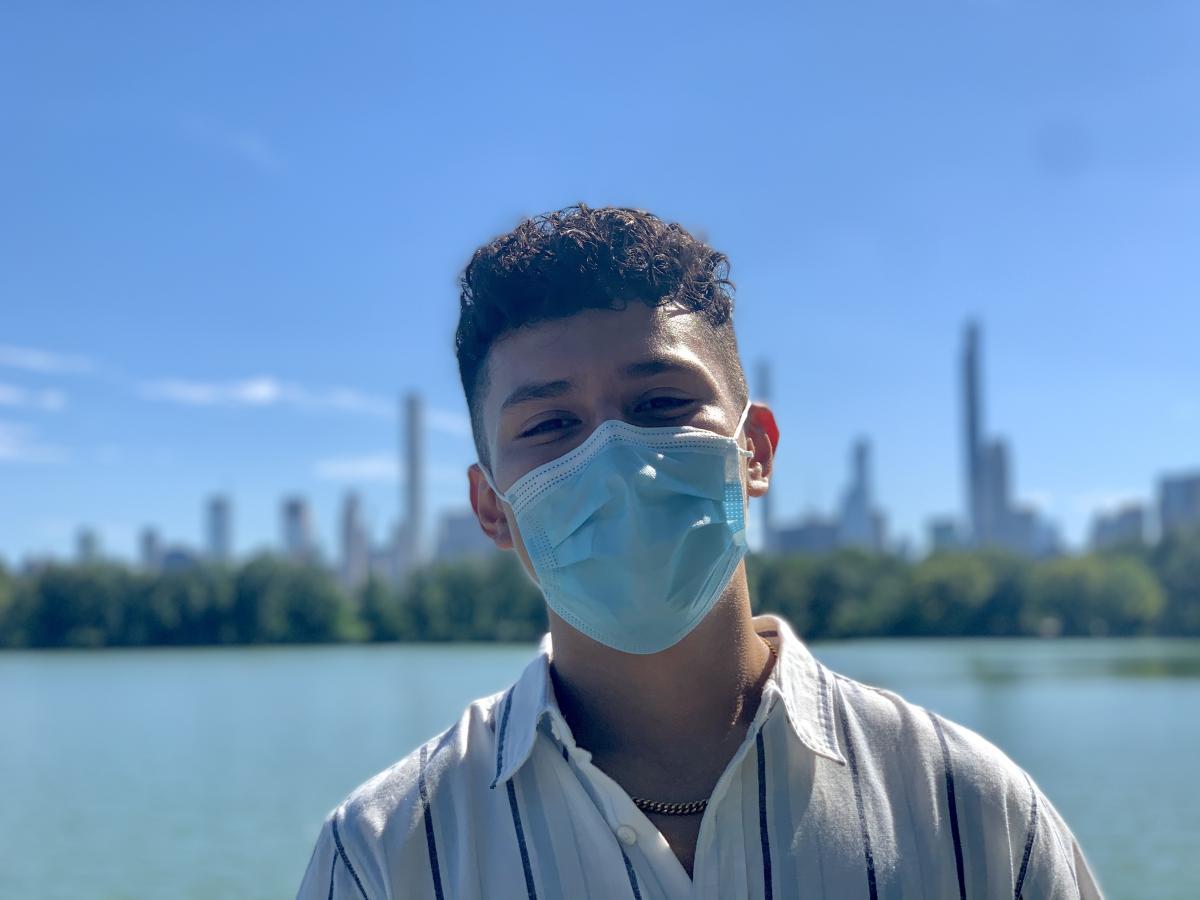
Exploring the City
